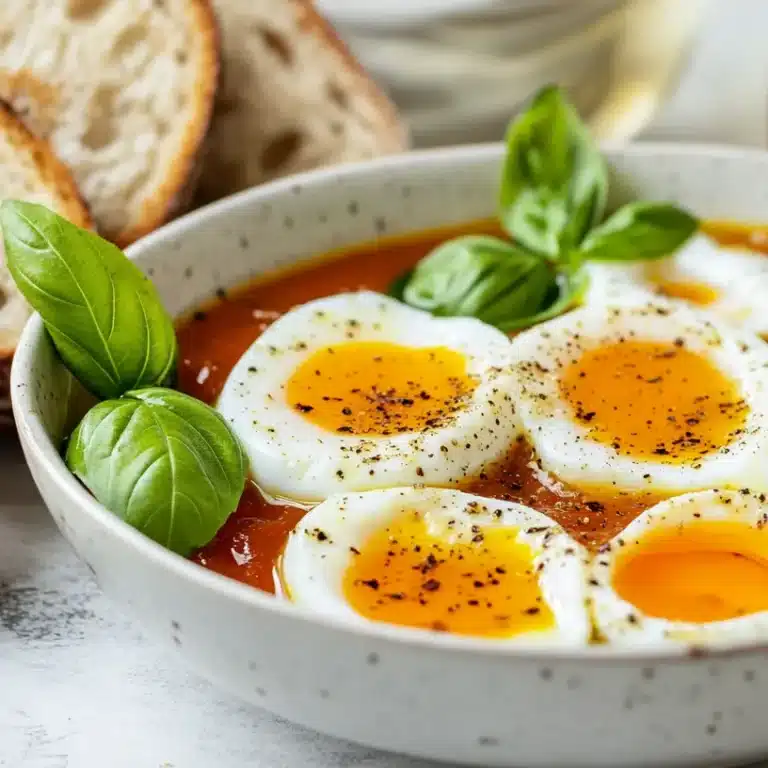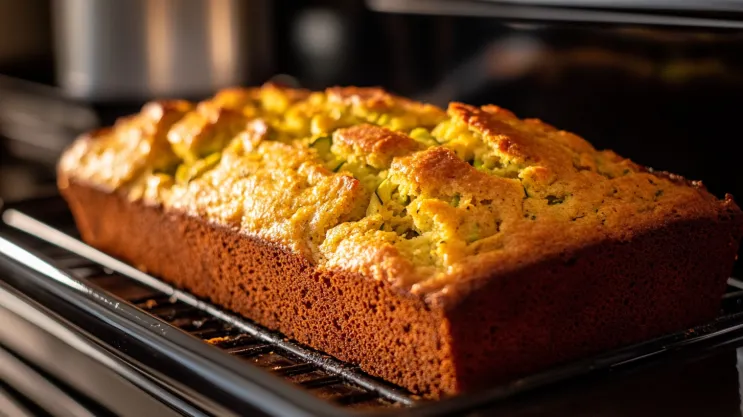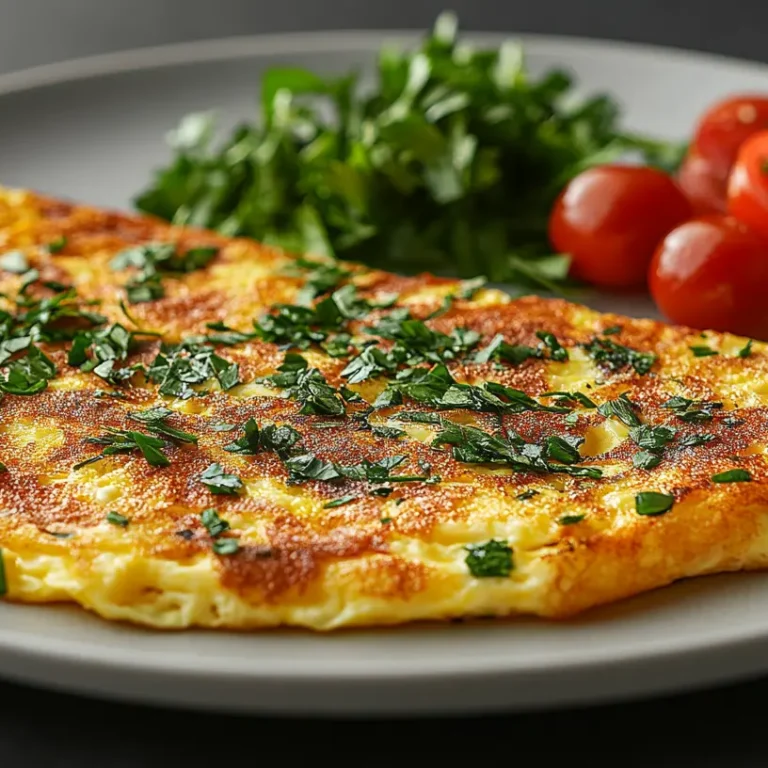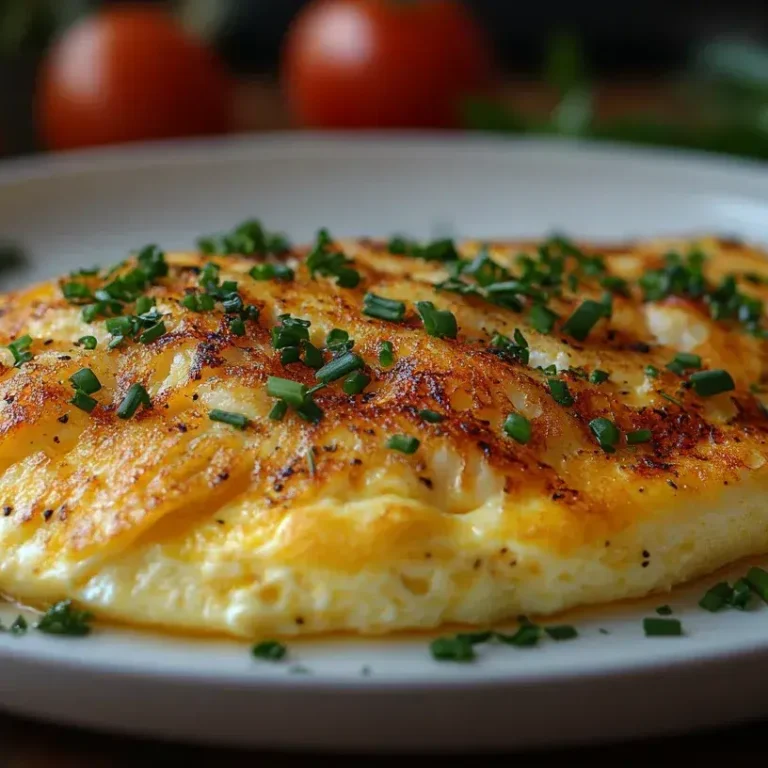Is Banana Bread Healthy to Lose Weight?
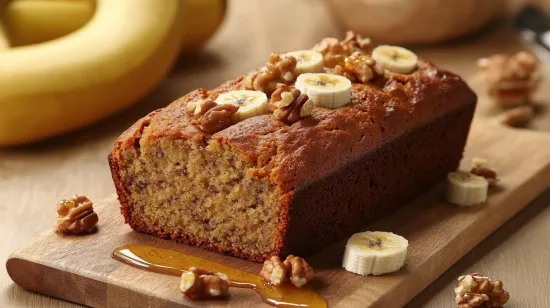
Introduction
Banana bread is one of those treats that feels like a warm hug. It’s sweet, comforting, and versatile enough to eat as breakfast, a snack, or even dessert. But if you’re trying to lose weight, you might ask yourself, is banana bread healthy enough to include in your diet?, “Is banana bread healthy to include in my diet?”
The answer isn’t as simple as yes or no—it all depends on the recipe, portion size, and how it fits into your overall eating plan. In this article, we’ll break down the nutritional aspects of banana bread, the potential benefits, and how to enjoy it without derailing your weight loss goals.
“Banana bread doesn’t have to be your guilty pleasure—it can be part of your healthy lifestyle with a few simple tweaks. “
Why Banana Bread is a Popular Snack
Banana bread isn’t just a dessert—it’s a cultural phenomenon. From coffee shops to homemade family recipes, this baked good has earned its place as a favorite comfort food. But why is it so popular?
For example, if you’re interested in baking but lack enough bananas, What Can I Use if I Don’t Have Enough Bananas for Banana Bread? offers helpful tips to adapt your recipe creatively.
The Curiosity Around Banana Bread and Weight Loss
People often assume banana bread is healthy because it contains bananas, a nutrient-packed fruit. And while bananas are a great source of potassium, vitamins, and fiber, banana bread often includes sugar, butter, and refined flour. These ingredients can turn a wholesome snack into a calorie-dense treat.
So, does this mean you should avoid it altogether? Not at all! With the right recipe and portion control, banana bread can be a part of your weight-loss journey.
Nutritional Profile of Banana Bread
Let’s take a closer look at what’s inside a typical slice of banana bread. Understanding its nutritional profile can help you make informed choices.
Common Ingredients in Traditional Banana Bread
Most banana bread recipes include:
- Bananas: The star ingredient, adding natural sweetness and moisture.
- Sugar: Often added in large amounts, contributing to calorie density.
- Butter or Oil: These provide richness but can also increase fat content.
- Flour: Usually refined white flour, which lacks fiber and nutrients.
These ingredients make banana bread tasty, but they also make it less ideal for weight loss in its traditional form.
Calories, Fats, and Sugars: The Key Metrics
On average, one slice of banana bread (about 60-70g) contains:
- Calories: 200-250
- Fat: 8-10g
- Sugar: 12-15g
This makes traditional banana bread a calorie-dense snack. However, healthier recipes, such as The Ultimate Banana Bread Recipe Using Just 2 Bananas, are crafted to reduce added sugar and fat content.
How Nutritional Values Vary by Recipe
Not all banana breads are created equal. A loaf made with whole wheat flour, natural sweeteners, and less oil will have fewer calories and more nutrients than one loaded with sugar and butter. Small tweaks can make a big difference in the healthiness of your banana bread.
“Think of banana bread like a canvas. You can paint it with healthier ingredients and still create something delicious!”
Health Benefits of Banana Bread
Despite its reputation as a sugary treat, banana bread does have some redeeming qualities—especially when made with healthier ingredients.
Natural Sweetness from Bananas
Bananas are the star ingredient for a reason. They’re naturally sweet, which means you can reduce or eliminate added sugar in your recipe. Plus, bananas are packed with potassium, which supports heart health, and fiber, which aids digestion.
Potential Fiber and Nutrient Content
If you swap out refined flour for whole wheat or oat flour, you can boost the fiber content significantly. Fiber helps keep you full longer, making it easier to stick to your weight loss goals. Add-ins like nuts, seeds, or even shredded zucchini can further increase the nutrient density.
Can It Be Part of a Balanced Diet?
The short answer is yes—banana bread can absolutely fit into a balanced diet. The key is to treat it as an occasional snack or breakfast item, rather than an everyday indulgence. Pair it with protein-rich foods like yogurt or eggs to balance out the carbohydrates.
“Healthy eating isn’t about deprivation. It’s about balance, creativity, and enjoying the foods you love in moderation. “
Challenges of Eating Banana Bread for Weight Loss
While banana bread can be made healthier, it still has its challenges, especially when it comes to weight loss. Let’s break them down.
High Sugar Content in Traditional Recipes
One of the biggest culprits in banana bread is sugar. Most recipes call for at least half a cup of sugar, sometimes more. Combined with the natural sugars from bananas, this can lead to a sugar overload.
Why is this a problem? Excess sugar not only adds empty calories but can also cause blood sugar spikes, leading to energy crashes and increased cravings. For weight loss, it’s essential to manage sugar intake.
Portion Control: The Hidden Culprit
A single slice of banana bread might seem innocent, but let’s be real—who stops at just one slice? The soft, moist texture and irresistible flavor make it easy to overindulge.
Eating two or three slices in one sitting can double or triple your calorie intake, which isn’t ideal when you’re trying to stay in a calorie deficit. This is why portion control is critical.
“Portion control is like setting boundaries—it’s tough at first, but it makes a world of difference in the long run.”
Calorie-Dense Ingredients That Can Sabotage Goals
Ingredients like butter, oil, and even chocolate chips can quickly turn banana bread into a calorie bomb. While these add flavor and texture, they’re not always friendly to weight loss efforts.
The good news? With a few substitutions, you can enjoy banana bread without the guilt. Let’s explore those next.
How to Make Healthier Banana Bread
The beauty of banana bread is that it’s incredibly versatile. With a few smart swaps, you can transform it into a nutritious, weight-loss-friendly treat.
Swapping Refined Sugar with Natural Sweeteners
Instead of white or brown sugar, try using natural sweeteners like:
- Honey: Adds sweetness while providing antioxidants.
- Maple Syrup: A natural, less processed option.
- Mashed Bananas: Let the bananas do the heavy lifting by using extra-ripe ones for natural sweetness.
“A simple switch to natural sweeteners can make your banana bread both healthier and more flavorful. “
Using Whole Wheat or Oat Flour
Refined flour doesn’t offer much in terms of nutrition. Whole wheat or oat flour, on the other hand, is packed with fiber and nutrients. These flours not only make your bread healthier but also keep you fuller longer, reducing the temptation to snack.
Adding Ingredients Like Nuts and Seeds for Fiber
Boost your banana bread’s nutrient content by adding:
- Chia Seeds: Rich in omega-3s and fiber.
- Walnuts or Almonds: Add a satisfying crunch and healthy fats.
- Flaxseed Meal: A great source of fiber and plant-based protein.
These additions turn your banana bread into a mini superfood, perfect for a balanced snack or breakfast.
Best Times to Eat Banana Bread When Losing Weight
Timing matters when it comes to enjoying banana bread. Here’s how to incorporate it into your day without compromising your goals.
Breakfast: Starting the Day with Balanced Nutrition
Banana bread can be a great breakfast option—if you pair it wisely. Instead of eating it alone, try adding:
- A dollop of Greek yogurt for protein.
- Fresh fruit for extra fiber and vitamins.
- A sprinkle of nuts for healthy fats.
This combination creates a balanced meal that keeps you energized throughout the morning.
Post-Workout Snack: Refueling with Energy
After a workout, your body needs carbs to replenish energy and protein to repair muscles. A slice of banana bread with a smear of almond butter is an excellent choice. It’s tasty, satisfying, and provides the nutrients your body craves post-exercise.
Healthy Desserts: Satisfying Cravings Wisely
Craving something sweet after dinner? Banana bread can double as a dessert when you serve it with:
- A drizzle of dark chocolate.
- A scoop of low-fat frozen yogurt.
- A sprinkle of cinnamon for extra flavor.
“Banana bread is like a chameleon—it can be breakfast, a snack, or dessert, depending on how you dress it up. “
Common Myths About Banana Bread and Weight Loss
Banana bread is often misunderstood when it comes to dieting. Let’s debunk some common myths so you can enjoy it guilt-free.
“Bananas Are Too High in Sugar for Weight Loss”
Yes, bananas contain natural sugars, but they also offer a wealth of nutrients like potassium, vitamin C, and fiber. When used in moderation, bananas are far from the enemy—they’re an essential part of a balanced diet. Plus, their natural sweetness can reduce the need for added sugars in recipes.
“All Banana Breads Are Unhealthy”
This is simply not true. While traditional recipes can be calorie-dense, healthier versions made with whole grains, natural sweeteners, and minimal oil are nutritious and satisfying. Banana bread can absolutely be part of a weight-loss plan when prepared thoughtfully.
“Low-Calorie Versions Aren’t Tasty”
Healthy banana bread doesn’t have to sacrifice flavor. Using ripe bananas, spices like cinnamon, and nutrient-packed add-ins like nuts or dark chocolate ensures your bread is both delicious and diet-friendly. Who says you can’t have the best of both worlds?
“Healthy doesn’t mean boring. Banana bread can still be the star of your snack time with the right ingredients! “
Realistic Expectations for Banana Bread in a Diet
While banana bread can fit into your weight-loss plan, it’s important to have realistic expectations. Let’s talk about how to enjoy it without overindulging.
Moderation is Key
The golden rule of dieting is moderation. A slice of banana bread can be a great addition to your day, but it shouldn’t replace nutrient-dense meals or snacks. Stick to one slice and pair it with a protein or healthy fat for balance.
The Importance of Pairing with Other Healthy Habits
Banana bread alone won’t make or break your diet. To see real results, focus on overall healthy habits, like:
- Staying active with regular exercise.
- Prioritizing whole foods over processed ones.
- Drinking plenty of water.
Banana bread can be a small, enjoyable part of a bigger picture.
Sample Healthy Banana Bread Recipe
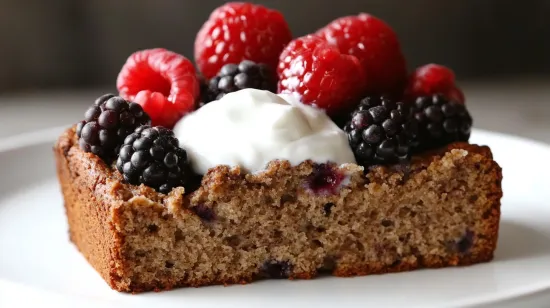
Want to try making your own weight-loss-friendly banana bread? Here’s a recipe that’s both delicious and nutritious.
Ingredients List
- 3 medium ripe bananas (mashed)
- 2 large eggs
- 1/4 cup honey or maple syrup
- 1 teaspoon vanilla extract
- 1 1/2 cups whole wheat flour
- 1 teaspoon baking soda
- 1/2 teaspoon cinnamon
- A pinch of salt
- Optional: 1/4 cup chopped walnuts or dark chocolate chips
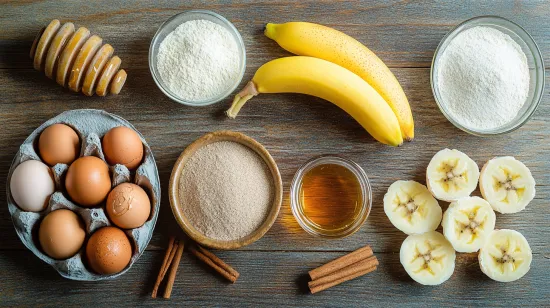
Step-by-Step Instructions
- Preheat Oven: Set your oven to 350°F (175°C). Grease a loaf pan or line it with parchment paper.
- Mix Wet Ingredients: In a large bowl, combine the mashed bananas, eggs, honey or maple syrup, and vanilla extract. Whisk until smooth.
- Combine Dry Ingredients: In another bowl, mix the whole wheat flour, baking soda, cinnamon, and salt.
- Combine Everything: Gradually fold the dry ingredients into the wet mixture. Be careful not to overmix. If using nuts or chocolate chips, gently fold them in.
- Bake: Pour the batter into the prepared loaf pan and bake for 50-60 minutes. Use a toothpick to check—it should come out clean.
- Cool and Serve: Let the bread cool in the pan for 10 minutes before transferring it to a cooling rack. Slice and enjoy!
“Homemade banana bread is like a hug in loaf form—warm, comforting, and made just the way you like it. “
Common Problems and Their Solutions
Even with the best intentions, banana bread can sometimes go wrong. Here are some common problems and how to fix them.
Dry or Crumbly Texture
This often happens when there’s too much flour or not enough moisture. Be sure to measure your flour accurately (use a spoon to scoop and level it) and stick to the recipe’s wet-to-dry ratio.
Overly Sweet or Bland Taste
Too much sugar can overpower the banana flavor, while too little can make the bread bland. Rely on ripe bananas for natural sweetness and use spices like cinnamon or nutmeg to enhance flavor.
How to Avoid High-Calorie Additions
Ingredients like chocolate chips, butter, and sugar can quickly add calories. Use add-ins sparingly and opt for healthier alternatives, like nuts or seeds.
Frequently Asked Questions
Still have questions about banana bread and weight loss? Here are some quick answers.
Is Gluten-Free Banana Bread Better for Weight Loss?
Not necessarily. Gluten-free banana bread can be just as calorie-dense as traditional recipes if it’s loaded with sugar and fat. Focus on overall ingredients rather than just the “gluten-free” label.
Can I Eat Banana Bread Every Day on a Diet?
Yes, but in moderation. A small slice paired with a protein or healthy fat can be part of a balanced diet. Just make sure it fits within your daily calorie goals.
How Can I Store Banana Bread to Keep It Fresh?
Store banana bread in an airtight container at room temperature for up to 3 days. For longer storage, wrap individual slices in plastic wrap and freeze for up to 3 months.
Conclusion
Can Banana Bread Fit Into a Weight Loss Plan?
The answer is a resounding yes! With thoughtful ingredient swaps, portion control, and mindful eating, banana bread can be a delicious part of your weight-loss journey.
Final Thoughts on Enjoying Banana Bread Responsibly
Banana bread isn’t just a treat—it’s a versatile snack that can adapt to your lifestyle. Whether you’re enjoying a slice with breakfast or as a post-workout snack, it’s all about balance and making it work for you.
So go ahead, bake a loaf, and enjoy every bite—guilt-free!
Print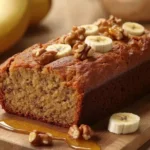
Is Banana Bread Healthy to Lose Weight?
- Total Time: 0 hours
- Yield: 1 loaf (about 10 slices)
Description
Banana bread healthy and moist, made with whole wheat flour, honey, and ripe bananas for a naturally sweet, nutritious treat.
Ingredients
- 3 medium ripe bananas (mashed)
- 2 large eggs
- 1/4 cup honey or maple syrup
- 1 teaspoon vanilla extract
- 1 1/2 cups whole wheat flour
- 1 teaspoon baking soda
- 1/2 teaspoon cinnamon
- A pinch of salt
- Optional: 1/4 cup chopped walnuts or dark chocolate chips
Instructions
1. Preheat oven to 350°F (175°C) and grease a loaf pan.
2. In a bowl, mash bananas and mix with eggs, honey, yogurt, and vanilla.
3. In another bowl, whisk together flour, baking soda, cinnamon, and salt.
4. Gradually mix dry ingredients into wet ingredients until just combined.
5. Fold in walnuts or chocolate chips if using.
6. Pour batter into the loaf pan and bake for 50-55 minutes or until a toothpick comes out clean.
7. Let cool before slicing.
Notes
- Use extra ripe bananas for natural sweetness.
- Substitute honey with maple syrup for a different flavor.
- Store in an airtight container for up to 4 days or freeze for longer storage.
- Prep Time: 10 minutes
- Cook Time: 50-55 minutes
- Category: Breakfast
- Method: Baking
- Cuisine: American


